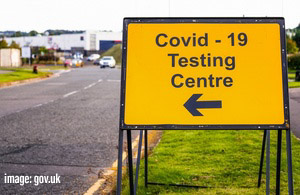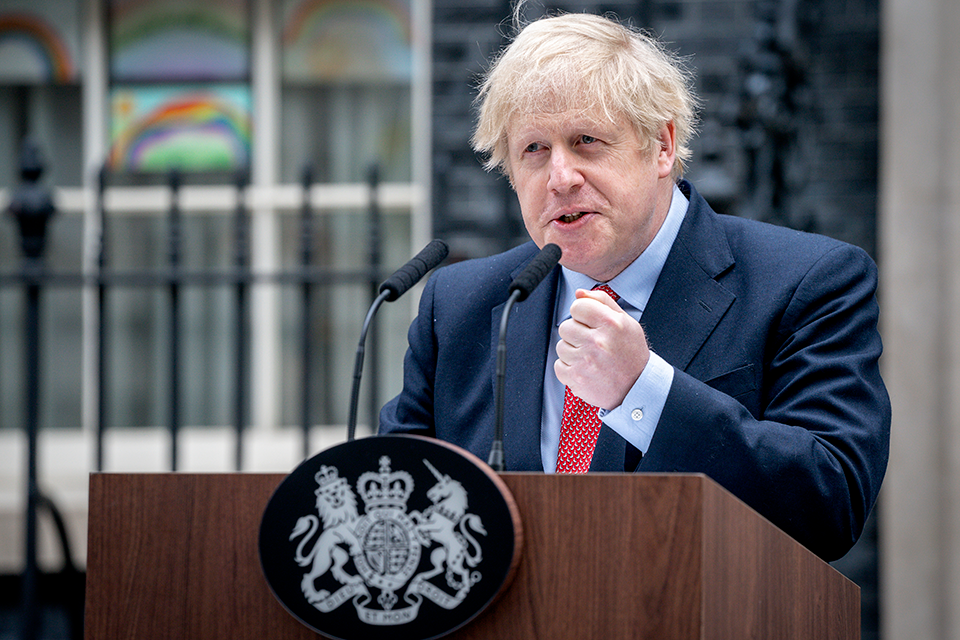Figures published today show that NHS Test and Trace is reaching more positive cases and their contacts than ever, as numbers using the service continue to increase week on week.
During the week of 5 to 11 November, 1,997,623 tests were processed for pillars 1 and 2, an increase of 9% (158,444) compared with the previous week.
A record number of positive cases (156,853) were transferred to contact tracers between 5 and 11 November, an 11% increase on the previous week. Of those, 84.9% were reached and told to self-isolate, 11,788 more than the previous week.
In total during the week of 5 to 11 November, NHS Test and Trace successfully reached 323,080 people and asked them to self-isolate. These people might otherwise have unknowingly spread the virus.
People are also being reached more quickly, with 72.8% of positive cases being reached within 24 hours, up slightly from 72.5% in the previous week.
313,771 people were identified as coming into close contact with someone who had tested positive. Of these, where communication details were available, 77.9% were reached and asked to self-isolate.
NHS Test and Trace has been boosted by the introduction of local tracing partnerships with over 150 local authorities. This means local authorities are provided with extensive data and supported to manage local outbreaks, working closely with ring-fenced group of NHS contact tracers to follow up positive cases in the area and implement public health measures. A further 100 of these partnerships are in the process of being implemented in the next few weeks.
Acting on feedback the service has received from families, changes to the contact-tracing process, coming in this week, should see a reduction in the number of calls received by households with children. These changes mean that under-18s in a household will not each have to be contact traced individually, as long as the parent or guardian in the household confirms they have completed their legal duty to inform their child to self-isolate. If no parental permission is provided, NHS Test and Trace will follow the standard contact-tracing routes.
From the end of November, changes will be extended to cover adults in the same family so they can be traced via a single phone call, further reducing the number of calls made to the same household. This change will also optimise the productivity of the tracing service by minimising the number of calls made.
Since its launch in May, 82.8% (764,897) of people who have tested positive and been transferred to contact tracing have successfully been contacted. More than 2.3 million people have been reached by the service, including those who tested positive and their contacts.
Nearly 680 test sites are now in operation across England, including more than 300 local walk-through testing sites, meaning the average distance to a test centre has halved since the beginning of September to a median distance of 2.6 miles.
Nearly 35 million tests have now been processed in the UK since the service began, while increases in capacity – now at more than 500,000 a day – should lead to improvements in test turnaround times. The announcement this week of 2 new ‘megalabs’ confirmed that capacity will increase by a further 600,000 in early 2021, meaning faster turnaround times for test results.
For in-person test routes, the median time taken to receive a test result remained at 25 to 29 hours.
For this reporting period, 69.1% of in-person test results were received the next day after the test was taken, slightly lower than the 70.8% reported in the previous week.
For all routes combined, this week’s figure was 41.7%, compared with 40.9% the previous week. 85.8% of pillar 1 test results were made available within 24 hours, compared with 87.9% the previous week.

Royal Mail announced this week that they will begin Sunday collections from 15,000 priority boxes from this weekend, which is expected to have a positive impact on turnaround times for home testing kits.




